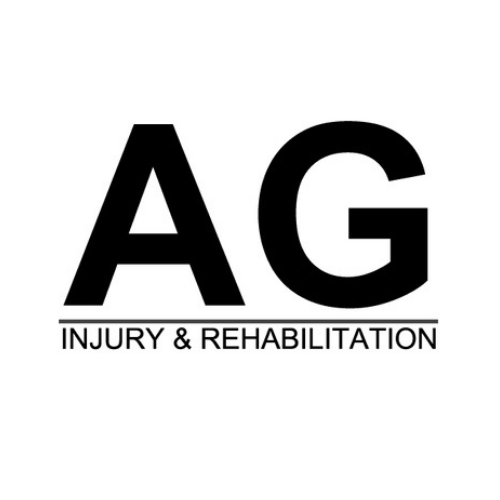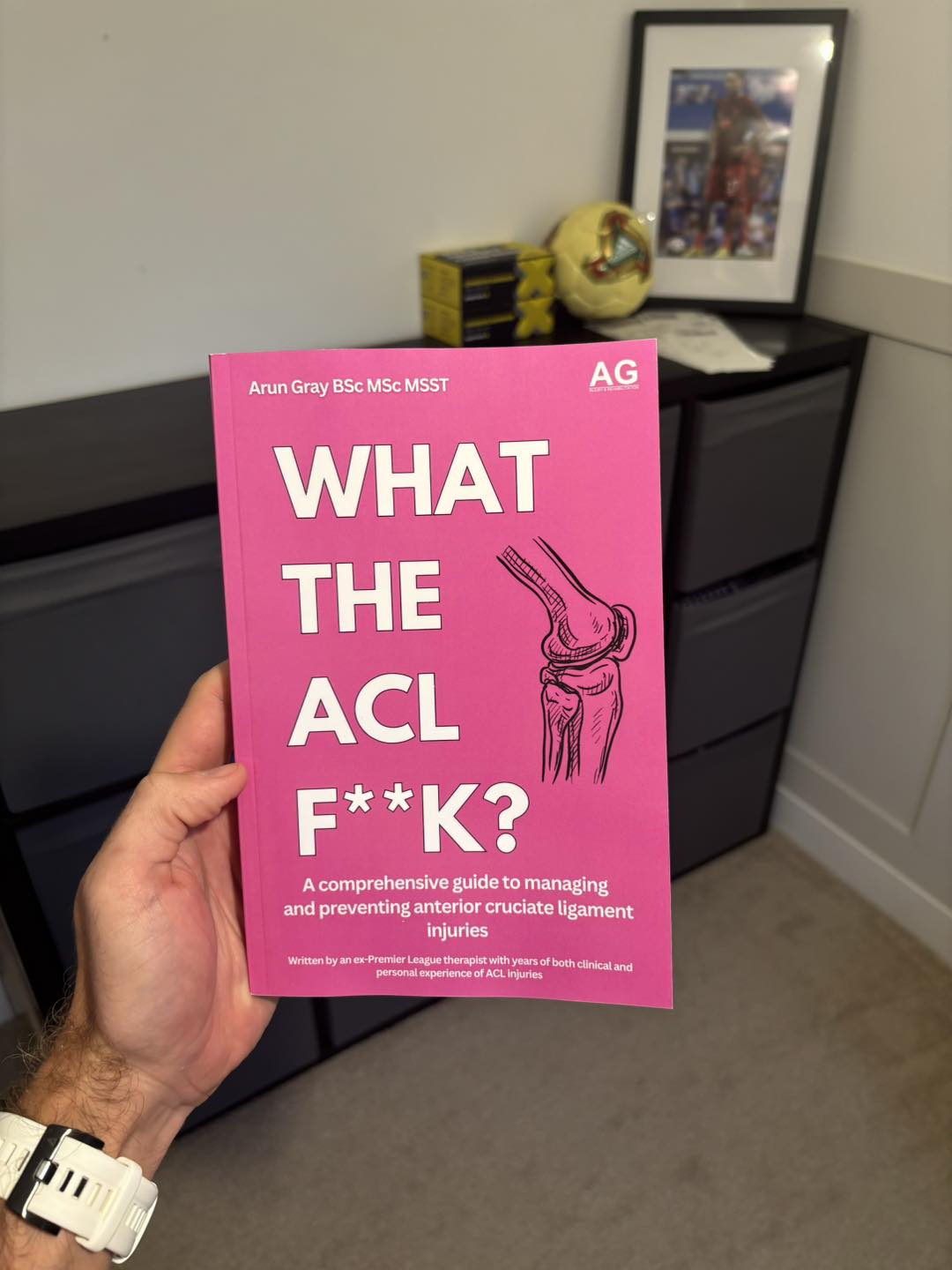Imagine rebuilding muscle strength after ACL surgery using just 20% of your normal workout weight. It sounds too good to be true, but that's exactly what occlusion training offers. This revolutionary approach to rehabilitation is changing how athletes bounce back from ACL injuries, making recovery faster and more effective than ever before.
Originally developed in Japan as "Kaatsu" training, this method uses specialized bands to restrict blood flow while exercising. The technique has caught the attention of sports medicine professionals worldwide, offering a safer alternative to traditional heavy-weight rehabilitation programs while delivering impressive results for ACL recovery.
Introduction to Occlusion Training
Blood flow restriction (BFR) training changes the way athletes recover from ACL injuries. This method works by applying specialized cuffs or bands to limit blood flow in specific muscle groups during exercise. The technique started in Japan as "Kaatsu" training and has gained popularity in sports medicine and rehabilitation.
For ACL rehabilitation, BFR training offers a smart solution to build strength while protecting the healing joint. Athletes can work with lighter weights - typically 20-30% of their maximum - while still seeing significant muscle gains. This matters because traditional heavy-weight training can put too much stress on a recovering knee.
The approach makes sense for people recovering from ACL surgery or injury since it helps prevent muscle loss while keeping joint stress low. Physical therapists often start BFR training as early as one week after surgery to maintain muscle mass and speed up recovery time.
Principles of Occlusion Training
Blood flow restriction training works by limiting blood return from working muscles while keeping some arterial flow active. The controlled pressure creates a buildup of metabolites in the muscles, which signals the body to increase muscle growth - even when using lighter weights.
Athletes and physical therapists use different tools to create this restriction. Traditional pressurized cuffs offer precise control and monitoring of pressure levels. Some prefer elastic bands for simplicity for their simplicity and portability, though they require practice to apply correctly. Modern smart devices with built-in pressure sensors help maintain consistent pressure throughout workouts.
The method requires careful pressure application - about 50% restriction for upper body exercises and 80% for lower body work. This specific pressure range keeps the training safe and effective while producing optimal results.
Benefits of Occlusion Training for ACL Rehabilitation
Blood flow restriction training stands out for its ability to maintain muscle mass during ACL recovery. Research shows that patients lose less muscle compared to standard rehabilitation methods, which helps set the stage for better long-term outcomes.
The low-load approach (20-30% of maximum weight) makes training more comfortable while still building strength. This reduced stress on the knee joint means patients can start rebuilding muscle earlier in their recovery process. Many report less pain during BFR exercises compared to traditional strength training.
Recovery timelines often improve with BFR training. The technique helps patients regain strength faster while lowering their risk of reinjury. By maintaining muscle activation patterns throughout rehabilitation, athletes develop better control and stability in their knee joint - key factors for successful ACL recovery.
Scientific Evidence Supporting Occlusion Training in ACL Rehab
Multiple studies back the use of blood flow restriction training for ACL recovery. A major meta-analysis and review by Hughes and colleagues found that BFR training produced better results than standard rehabilitation methods. Patients showed improved muscle strength and less atrophy while reporting good tolerance for the exercises.
Clinical trials demonstrate that BFR training helps maintain quadriceps and hamstring strength during ACL rehabilitation. The results show notable improvements in muscle size, strength gains, and overall muscle activation patterns. These outcomes matter because maintaining muscle mass early in recovery often leads to better long-term results.
Research also indicates that combining BFR with rehabilitation creates similar muscle growth to heavy-weight exercises - but with much less stress on the healing ACL. This makes it particularly useful in the early stages of rehabilitation when the knee joint needs protection.
Implementing Occlusion Training Safely
Safe occlusion training requires specific pressure levels and timing. For lower body exercises, apply bands or cuffs at 80% of maximum pressure. Upper body work needs just 50% pressure for optimal results. A qualified physical therapist should check band placement and pressure during initial sessions.
The standard protocol follows a 30-15-15-15 rep pattern at 20% of your maximum weight. Rest periods between sets should last 30 seconds. Most practitioners recommend 2-3 sessions per week, allowing 24-48 hours of recovery between workouts.
Start with basic movements and progress gradually. Watch for signs of numbness, tingling, or unusual discomfort. Remove the bands immediately if you experience severe pain or loss of color in the restricted area. Always warm up properly before adding blood flow restriction, and maintain steady breathing throughout each exercise.
Specific Exercises for ACL Rehabilitation Using Occlusion Training
The leg press serves as a starting point for ACL rehab with blood flow restriction. Start with light weights and focus on proper form through a limited range of motion. As strength builds, add bodyweight squats while wearing the bands just below the hip crease.
Leg extensions help target the quadriceps muscles directly. Keep the movement slow and controlled, using only 20-30% of your typical working weight. Single-leg movements like split squats for rehabilitation build stability and balance while wearing the restriction bands.
Step-ups onto a low platform work well for building functional strength. Begin with a 4-inch step and progress higher as your knee stability improves. Walking exercises with bands in place help retrain natural movement patterns and build endurance in the supporting muscles.
Mix these exercises with basic balance drills on stable surfaces. This combination helps rebuild the connection between your muscles and nervous system, leading to better joint control.
Considerations and Potential Risks
Blood flow restriction training requires supervision from medical professionals, especially during ACL rehabilitation. People with blood clotting disorders, high blood pressure, or active infections should avoid this training method. Those with heart conditions or vascular diseases need medical clearance before starting.
Watch for warning signs during training sessions. Remove bands immediately if you notice:
- Excessive numbness or tingling
- Cold or discolored skin below the bands
- Sharp or shooting pain
- Dizziness or light-headedness
- Unusual swelling
Skip occlusion training if you have open wounds near the band placement area, deep vein thrombosis, or active inflammation. Additionally, avoid this technique during acute injury phases or if you're taking blood-thinning medications. Proper band placement matters - incorrect positioning can cause nerve compression or tissue damage.
Integration with Overall ACL Rehabilitation Program
Physical therapists add blood flow restriction training to ACL recovery plans as early as the first week after surgery. This quick start helps stop muscle loss while protecting the new graft. The training fits well during each phase of recovery, from early post-operation through return-to-sport.
During early stages, BFR training pairs with range-of-motion exercises and basic strength work. As patients progress, it combines with balance training and functional movements. The method works alongside standard physical therapy tools like electrical stimulation and manual therapy.
Adding neurocognitive exercises enhances the benefits of BFR training. Athletes practice movement patterns while wearing restriction bands, which helps rebuild coordination and muscle memory. This mix of techniques creates a complete approach to ACL rehabilitation, addressing both physical strength and movement control.
Expert Opinions and Recommendations
Leading sports medicine professionals point to gold-standard ACL management as a key part of modern ACL recovery. Physical therapists often start patients on BFR protocols within the first week after surgery, noting faster strength gains compared to standard methods alone.
Dr. Stephen Payne, a prominent orthopedic surgeon, reports that his patients using BFR training show better muscle preservation and earlier return to activities. "The ability to build strength with lighter weights makes a big difference in recovery times," he notes.
Athletes who've used BFR during ACL rehab share positive feedback. Professional soccer player Sarah Martinez credits the method for her quick return to the field: "The bands let me work hard without worrying about my knee. I kept more muscle than expected and felt stronger each week."
Future Directions and Ongoing Research in Occlusion Training for ACL Rehab
Scientists continue to study optimal pressure levels and timing for blood flow restriction during ACL recovery. Current research and meta-analysis focuses on finding the best protocols for different patient groups, from young athletes to older adults returning to activities.
New technology brings more precise pressure control to occlusion training. Smart bands with sensors now track muscle oxygen levels and adjust pressure automatically. These advances help therapists fine-tune treatments for each patient's needs.
Research teams are testing combined approaches that pair BFR with other rehabilitation methods. Early results show promise when mixing blood flow restriction with electrical stimulation or advanced movement tracking. Studies also look at how genetics might affect individual responses to occlusion training, potentially leading to more personalized recovery plans.
The Future of ACL Recovery
Occlusion training represents a significant leap forward in ACL rehabilitation, offering a scientifically proven method that combines safety with effectiveness. As technology advances and research continues, we're likely to see even more refined approaches to blood flow restriction training, making the recovery process more precise and personalized than ever before.
For athletes and everyday individuals alike, this innovative technique provides hope for faster, more complete recoveries from ACL injuries. With proper guidance from qualified professionals, occlusion training continues to reshape our understanding of what's possible in rehabilitation, setting new standards for post-surgery recovery protocols.


